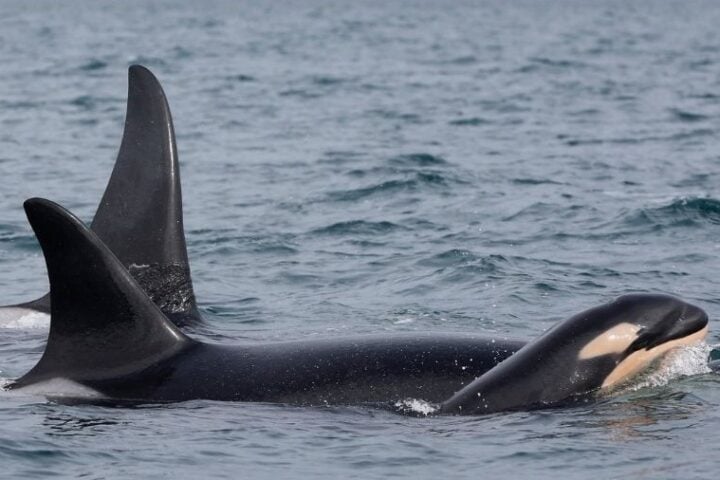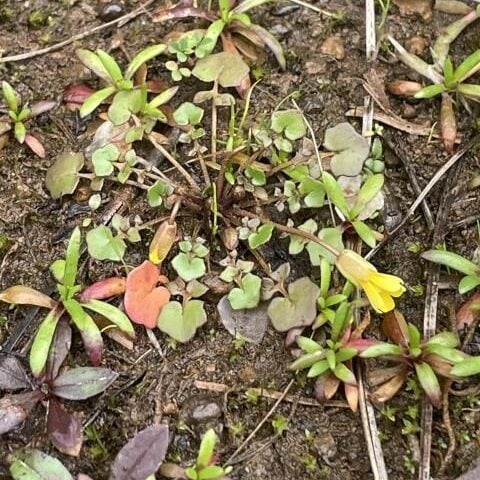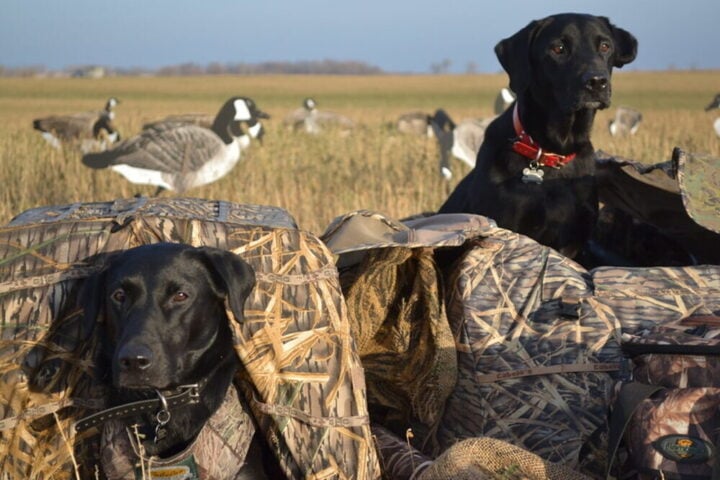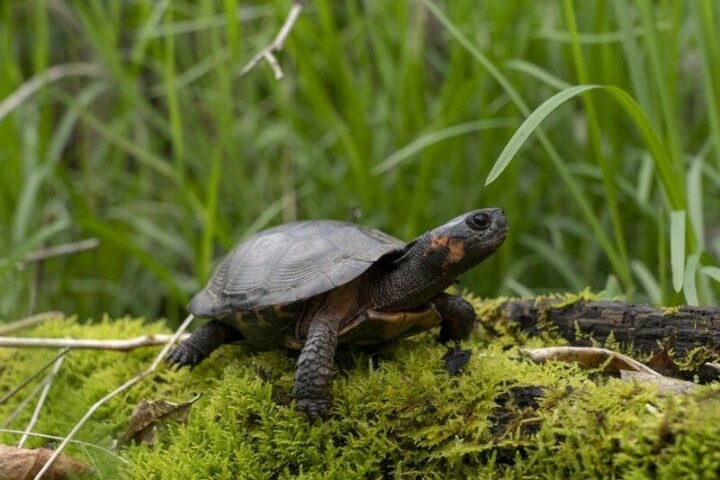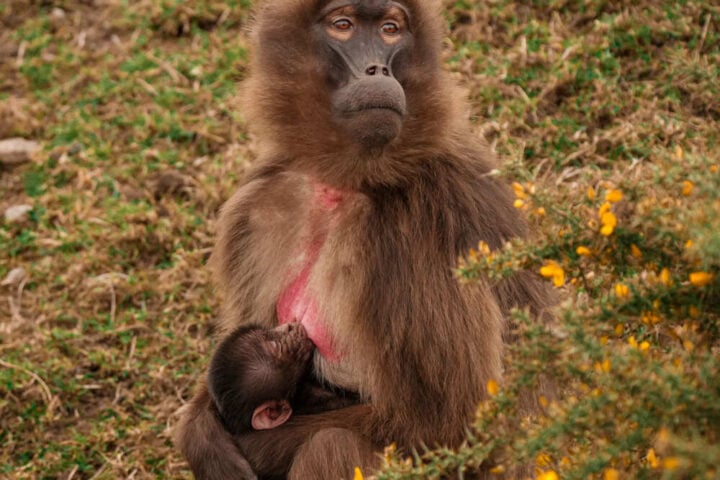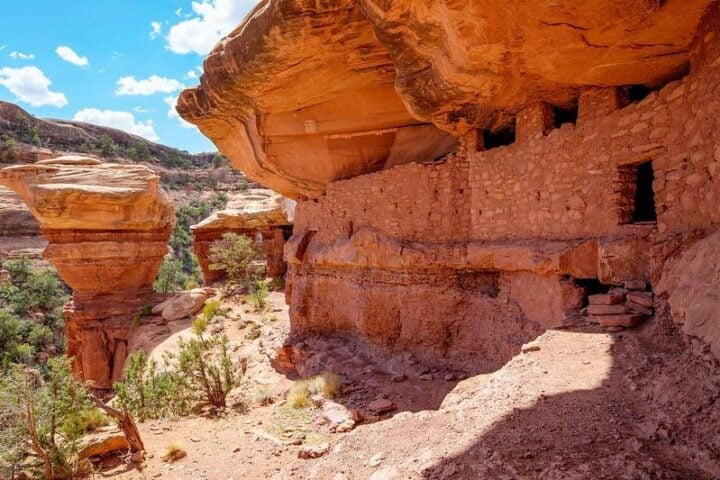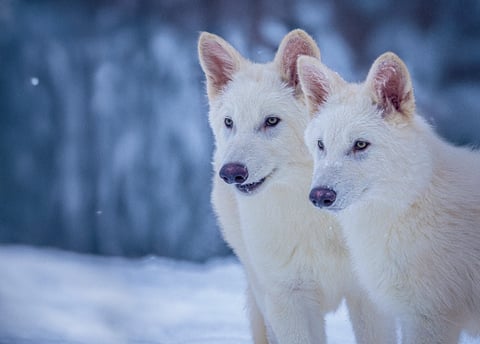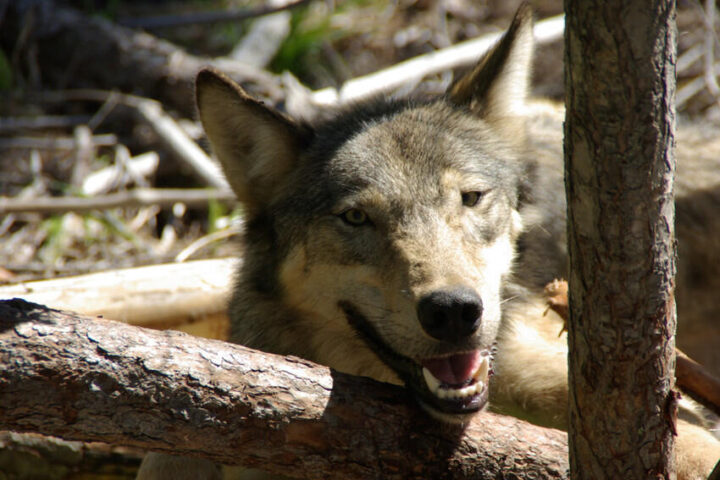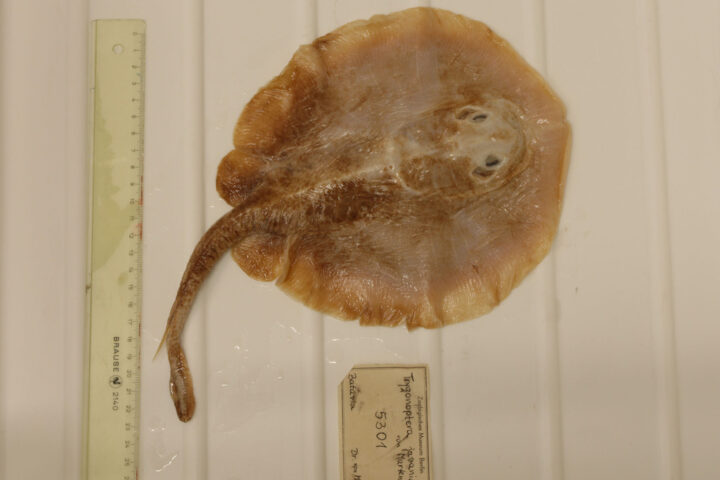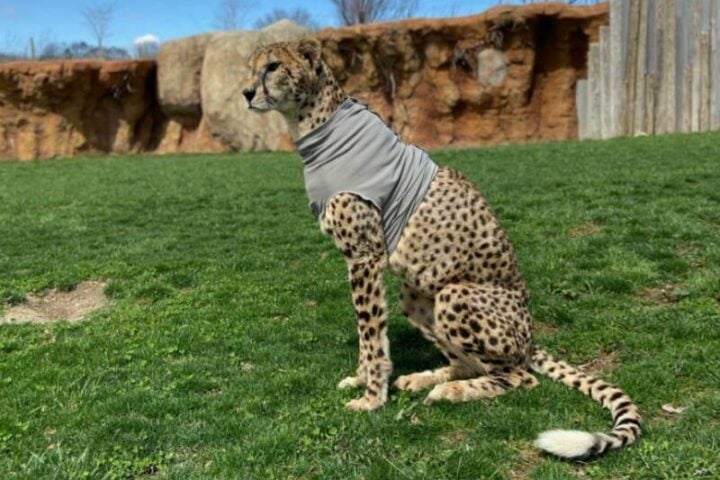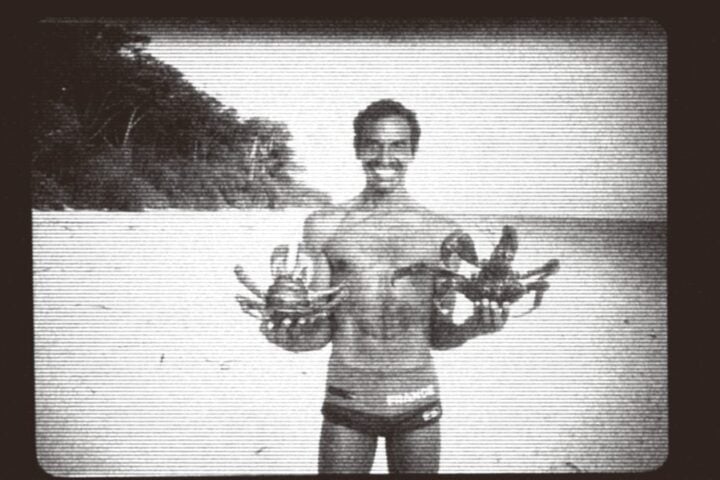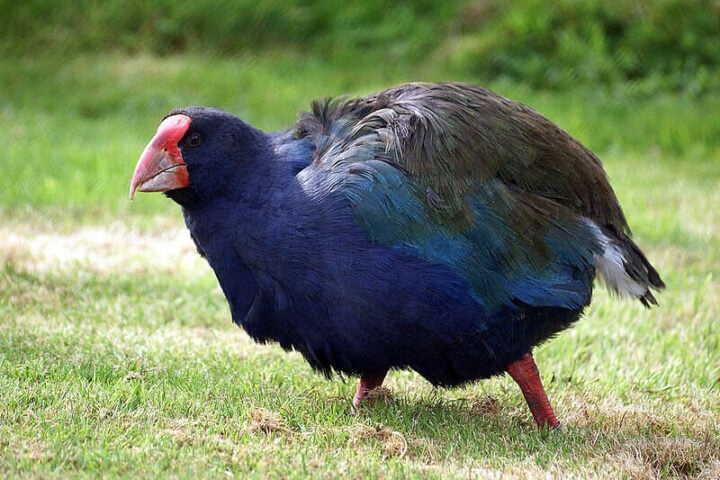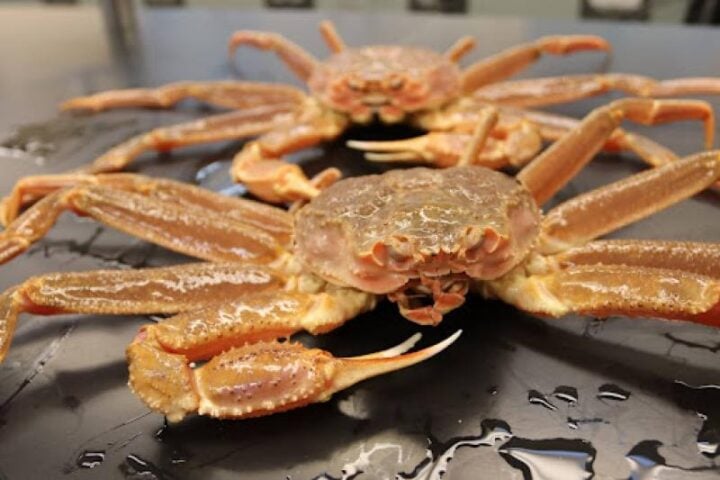The Cozumel Parks and Museums Foundation (FPMC) reports 150 wildlife specimens rescued and released in 2024, revealing both progress and persistent challenges in local conservation efforts. A detailed analysis of rescue operations shows 65 birds, 43 mammals, and 41 reptiles, raising questions about urban development’s impact on wildlife habitats.
Juanita Alonso Marrufo, General Director of FPMC, stated that environmental conservation required more than government action and emphasized that community involvement in raising awareness and adopting sustainable practices was crucial for preserving natural resources. This statement came as urban expansion continued to affect wildlife territories.
The data reveals concerning patterns: birds primarily suffered from window collisions and road accidents. Mammals – including opossums, raccoons, and bats – required intervention. Iguanas and crocodiles were frequently found displaced in urban areas and on roads. Blue crabs faced mortality risks during migration across the northern highway.
Rafael Chacón Díaz, the Director of Conservation and Environmental Education, indicated that the community’s role in reporting endangered wildlife had been essential. He stated that the specialized care provided by veterinarian Julio César Gutiérrez at the Veterinary Medical Center ensured proper rehabilitation of these animals. However, he noted that the increasing number of rescues raised questions about the adequacy of current wildlife protection measures.
Similar Posts
The Center for Conservation and Environmental Education (CCEA) partnership with FPMC strengthened rescue operations, though long-term solutions for wildlife-urban conflicts remain unexplored.
The FPMC’s rehabilitation programs and community education initiatives continue, yet the volume of rescues suggests a need for more robust preventive measures. While rescue efforts proceed, the root causes of wildlife displacement demand deeper examination.
Residents can report injured or endangered wildlife through foundation channels. The FPMC maintains rescue operations and habitat protection measures, though urban development continues to challenge these conservation efforts.
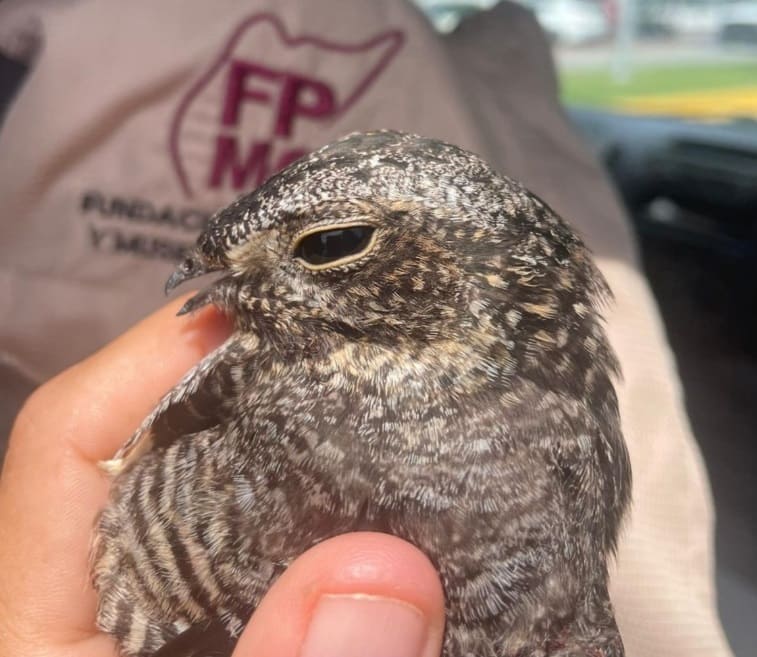
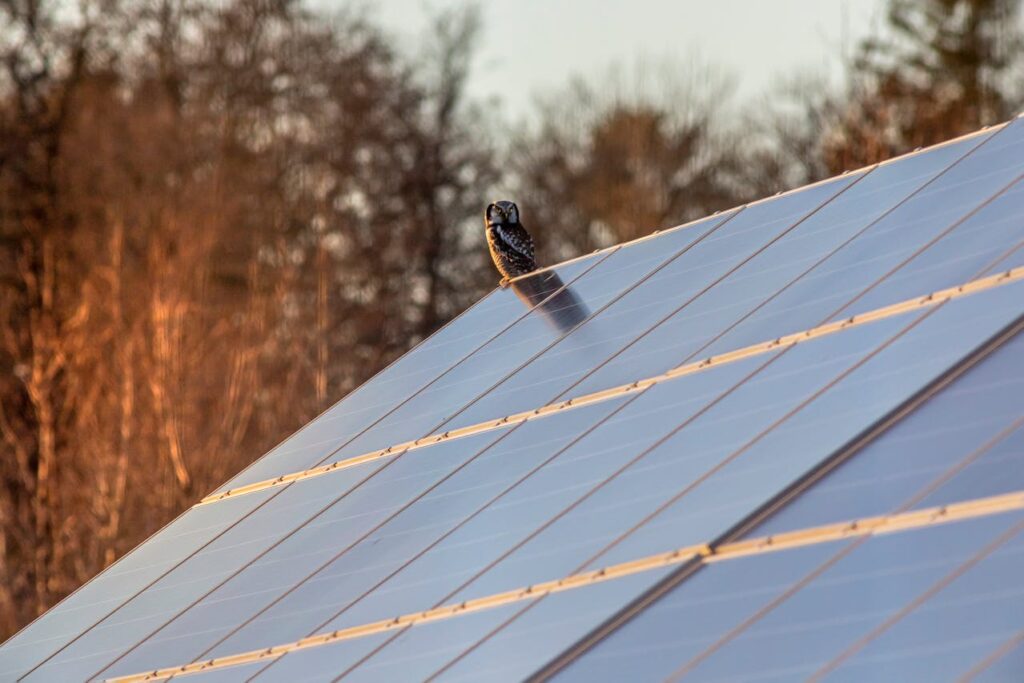
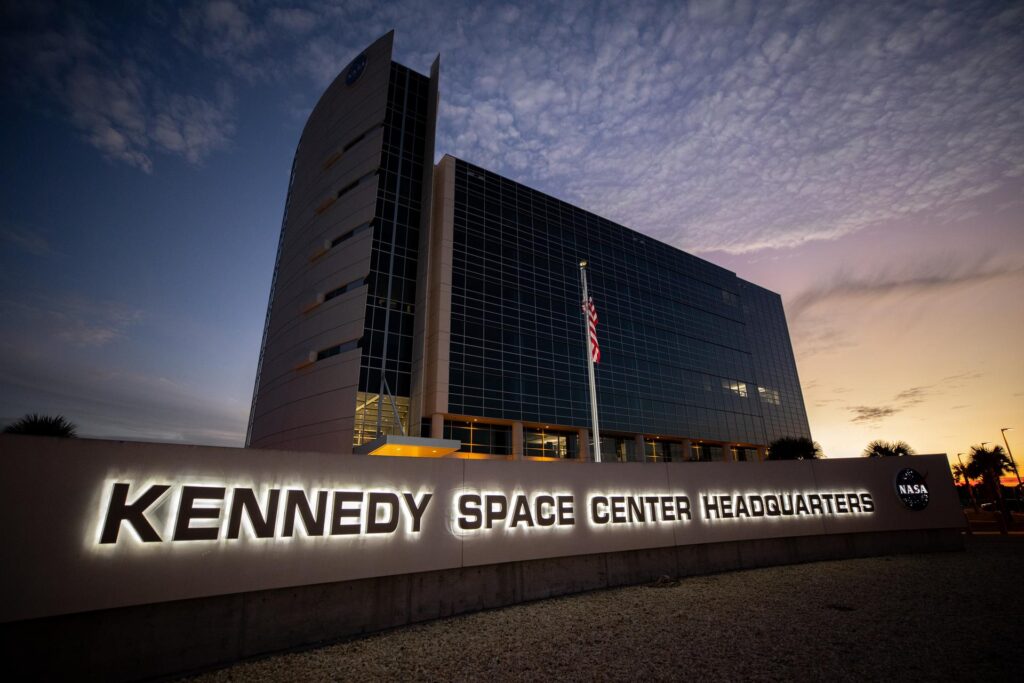
![Representative Image: European Starling [49/366]. Photo Source: Tim Sackton (CC BY-SA 2.0)](https://www.karmactive.com/wp-content/uploads/2025/04/Starlings-Drop-82-in-UK-Gardens-as-Birdwatch-2025-Reveals-Record-Low-Count-Since-1979-720x480.jpg)

